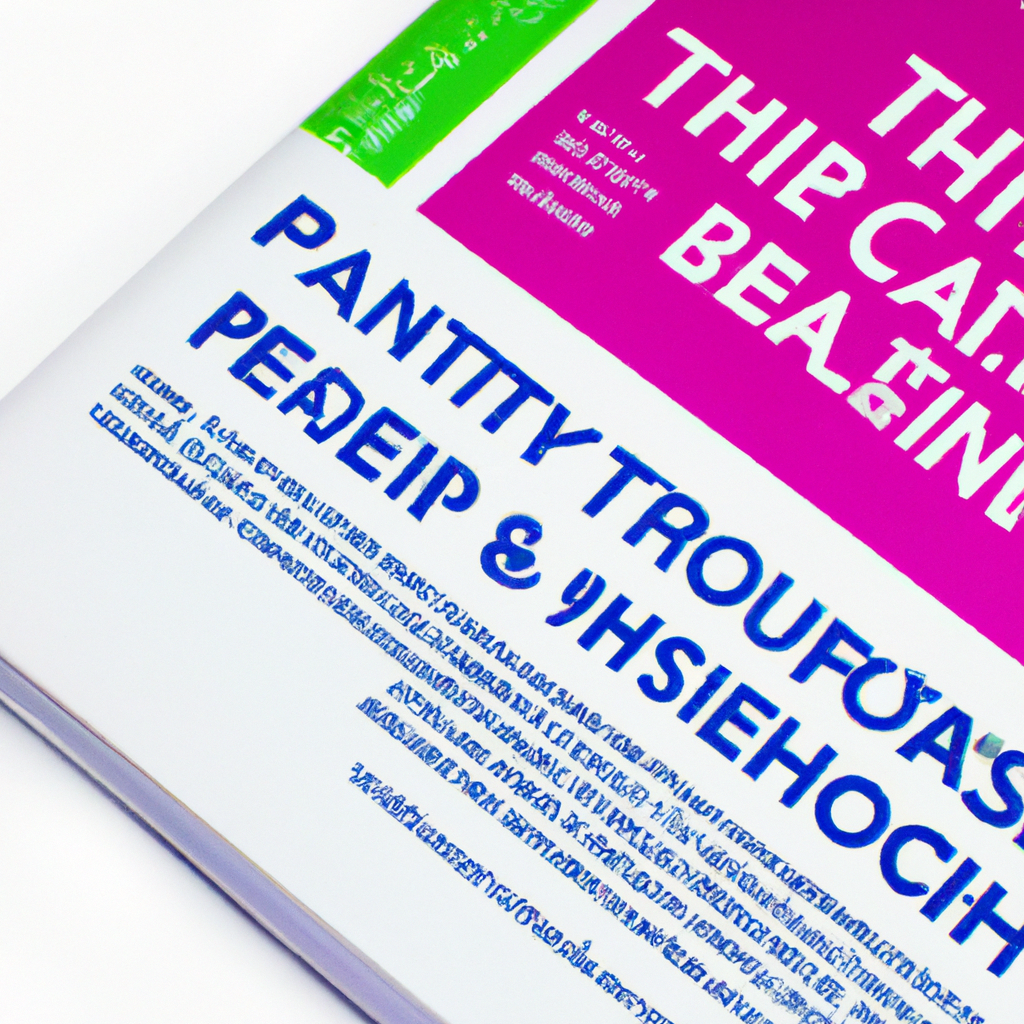The beauty industry is a multi-billion dollar industry that’s constantly evolving. With the rise of new products and technology that are designed to enhance our looks, we must also pay attention to the practices and processes surrounding the use of these products. In this article, we’ll take you through the concept of beauty product hygiene, and review the clean and sanitary practices that should be adhered to for optimal hygiene and safety.
1. Perfectly Pure: Exploring Clean Beauty Practices
Clean beauty practices are growing in popularity as people become increasingly conscious of the products they are using. Perfectly Pure is dedicated to sourcing the finest ingredients, holding its products to a higher standard of safety and sustainability.
Seek Natural Ingredients – Perfectly Pure is built on the foundation of using natural ingredients whenever possible. They don’t, however, leave the safety of their products to their natural ingredients alone. They also take it upon themselves to go above and beyond industry standards to ensure a safe, sustainable, and high-quality product.
Free from Nasty Chemicals – Perfectly Pure focuses on eliminating all known problematic ingredients, such as:
- Parabens
- Phthalates
- Synthetic Colors
- Synthetic Fragrances
- Formaldehydes
- PEGS
- Sulfates
They also only use animal-products that are responsibly sourced.
Cruelty-free and Vegan – Perfectly Pure takes pride in the fact that their process is cruelty-free and vegan-tested. All of their products are tested by independent labs and not on animals. In addition, all products have been formulated to be vegan and cruelty-free, so you can rest assured the products you use are not just pure but also kind.
2. Reviews on Beauty Product Hygiene: How Clean Is Clean Enough?
When it comes to beauty products, hygiene is king. Whether you’re a professional makeup artist, a nail technician, or you just use cosmetics on yourself at home, you should know how to keep your products clean. After all, no one wants to use products that could potentially cause skin irritation or even infections.
To ensure proper hygiene, you need to regularly clean your beauty products. But how clean is clean enough?
- Makeup Brushes. Makeup brushes need to be washed after each use. Stripping them of makeup residue and built-up bacteria with a mild shampoo will both reduce the chances of breakouts and help maintain the longevity of the brush.
- Cosmetics. Cleaning powders, blushes, eyeshadows, and other face makeup is difficult. To ensure that cosmetics are as sanitary as possible, use a cleaning solution to mist them and then use a soft cloth or tissue to gently wipe the product. It’s a good idea to clean them at least once a week.
- Nail Care Products. Nail polishes, files, and clippers are particularly prone to harboring fungi and bacteria, so they need to be cleaned regularly. Disinfect tools with rubbing alcohol or a similar antiseptic and then dry them thoroughly.
When it comes to beauty product hygiene, there’s no such thing as too clean. Regularly cleaning and disinfecting products will not only help protect you against skin irritation and infections, but also help maintain the quality of the product itself.
3. The Best Routines for Beauty Regimens: Keeping Your Products Sanitary
Beauty regimens are a great way to maintain healthy and glowing skin, but it can be difficult to keep all your products sanitary. Follow these tips for the best way to ensure that your skincare tools are staying clean and free of dirt, oil, and bacteria.
- Replace Cotton Rounds Frequently: If you’re using cotton beautification rounds to apply toners or remove makeup, you may want to consider swapping them out on a regular basis. A round can accumulate bacteria over time, so it’s best to switch it up often in order to keep the process of prepping the skin as sanitary as possible.
- Keep Makeup Brushes Clean: As with any tool, brushes need to be cleaned on a routine basis. Apply a mild brush cleanser and warm water to ensure that all oils, bacteria, and makeup residue have been removed.
- Sanitize Your Tools: Nail files, tweezers, lash curlers, and more should be wiped down and sanitized at least once a week. Applying rubbing alcohol or an anti-bacterial wipe to the metal can go a long way in preventing the spread of germs and “zits”!
Maintaining a beauty regimen involves more than just applying the right products — it requires attention to the details like sanitizing beauty tools. Don’t forget to take a few extra steps to ensure that the objects used for your beauty routine are clean and hygienic, for the safety of you and your skin!
4. Beauty Hygiene: Know the Basics to Keep Your Skin Healthy
With so much information out there on beauty, hygiene and skin care it is difficult to know the basics of keeping your skin healthy. Knowing the basics will help you set up a solid daily routine that will keep your skin looking its best.
- Cleansing: Cleanse your face twice daily with a gentle cleanser. Aim to use warm water as hot water can dry out your skin.
- Toning: Tone your skin to balance the natural pH of your skin and help with any blemishes and acne marks.
- Moisturising: Moisturise twice daily, morning and night, to help keep your skin hydrated and nourish its texture.
- Exfoliating: Exfoliate twice a week to remove dead skin cells and reveal a brighter and smoother complexion.
Keeping your skin hydrated and cleansing, toning, exfoliating and moisturising your skin are essential basics when it comes to healthy skin. But there are also other steps you can take, such as regular protection from the sun, to get the optimal skin care results.
Whether you opt for a natural or chemical sunscreen, using a product with an SPF of at least 15 throughout the year is essential. Sun damage will not only increase your risk of skin cancer, but it can also lead to wrinkles, age spots and other skin imperfections.
5. Sharing Beauty Products: Can Hygiene Practices Stay Safe?
Trading Tips for Important Safety
Gifting and trading beauty products will always be an enjoyable and cost-effective way of trying out different products. But because beauty products come into such close contact with people’s skin, it’s important to take extra steps to ensure the safety of all participants.
- When deciding to share or trade products, pay attention to expiration dates.
- Request that the partner you’re trading with properly sanitise their products.
- If you can, purchase items such as makeup brushes separately.
Sanitisation with either an immersed-in-alcohol or a chemical-based product should also be applied at the beginning and end of each trade. To keep products in the best condition, store them in their original containers and keep them in a cool and dry place.
Even though beauty products also come with certain risks, following the above safety measures ensures that sharing and trading beauty products can stay safe. While some of us may know the protocol it’s always best to remind friends and family members to practice proper health and hygiene precautions.
When it comes to beauty product hygiene, safety and cleanliness should always be top of mind. Use the reviews we’ve provided to ensure you’re following the cleanest and safest practices while enjoying all your favourite beauty products. From there you can be sure your beauty routine is as sleek, gentle and luxuriously clean as possible.




